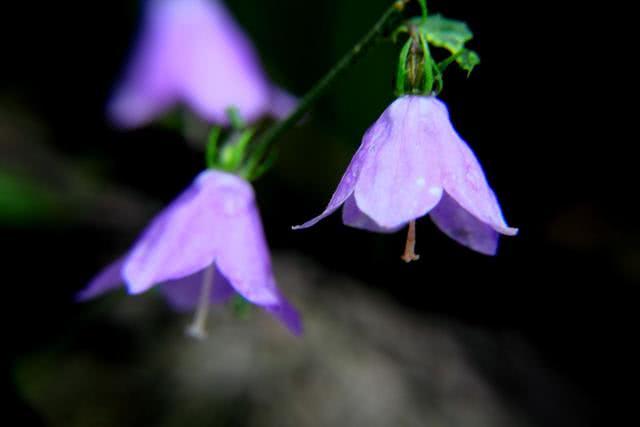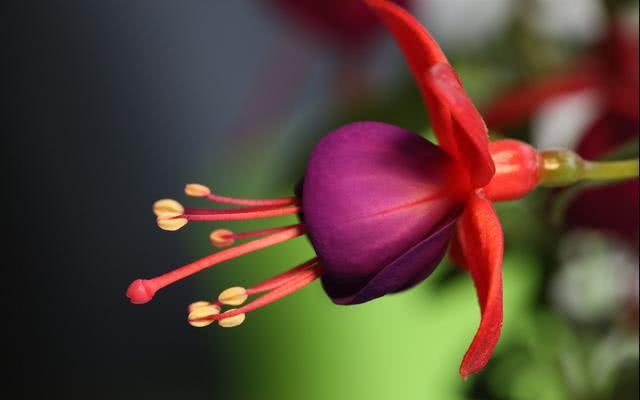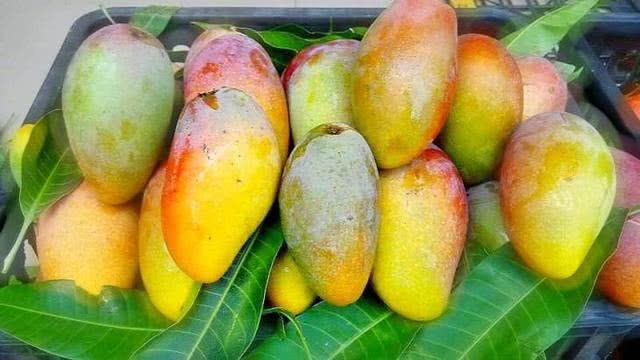What do you mean by refusing to interpret the upper basin to change the basin in the layman's professional terms?

After raising flowers for so many years, communicating with friends, I found that I seemed to be listening to the book of heaven. I didn't know what I was talking about. So when we were growing flowers, we still had to constantly understand the professional vocabulary of the flower cultivation circle. Only in this way can we follow the speed of the old driver when we communicate with the flower growers, or else you might turn over.
1. What is the upper basin
This is best understood. If you put it in the pot, you must plant the flowers in the pot. Be particularly careful when planting plants and flowers, which will directly determine whether the plant grows smoothly and whether the flowers look good in the future. When plants and flowers are on the pot, the choice of flowerpots should be determined according to the plants, and never small flowers and large pots, which can easily lead to the death of flowers and plants because of insufficient nutrient absorption.
2. When to change the basin
Many friends know that it is clear when they see the words, yes, it is to change plants and flowers from small pots to large pots or to change pots to change soil. It is easy to understand that with the growth of plants, plants will certainly grow up, and naturally they cannot use small pots when they grow up. It is very necessary to change pots at this time.
At the same time, some nutrients and fertilizers need to be added to the new basin to provide enough nutrients for the subsequent growth of plants. If it is to change the soil, it is necessary to replace more than half of the soil in the previous basin and add new soil to replenish the nutrients. The frequency of soil change is mainly determined by plants, some once a year, and some 2-3 times a year.
3. What is a rotating basin
This word many friends feel very strange, a good basin why do you transfer him, super strange. In fact, turning pots is very necessary for potted plants and flowers, because the balcony where we usually live is usually sunny on one side and shaded on the other, so if we don't turn the potted plants, there will be exuberant growth on one side. but the other side is very sparse. So turning the basin is also very necessary.
Do you know all about the professional vocabulary of the basin? If you want to learn more about the maintenance of flowers and plants, remember to pay attention to the editor, you will not be disappointed.
- Prev

Full of practical information this summer and autumn transition period, these flowers should have some tips for watering.
Flower lovers should know that watering flowers is actually a very important process, and watering plants is a key step, especially during the transition between summer and autumn. So the editor arranged some flowers for watering.
- Next

After eating the mango core, don't throw it away. You can grow a small mango bonsai in a few simple steps.
Speaking of mango Xiaobian is very fond of eating, but do not rush to throw away the mango, how, still keep raw ah, you are really right, we can use mango beard to make mango pot yo, and have a small and fresh feeling.
Related
- Wuhan Hospital Iron Tree Blooming Result Was Instantly Frightened by the Gardener Master
- Which variety of camellia is the most fragrant and best? Which one do you like best?
- What is the small blue coat, the breeding methods and matters needing attention of the succulent plant
- Dormancy time and maintenance management of succulent plants during dormancy
- Minas succulent how to raise, Minas succulent plant pictures
- What are the varieties of winter succulent plants
- How to raise succulent plants in twelve rolls? let's take a look at some experience of breeding twelve rolls.
- Attention should be paid to water control for succulent plants during dormant period (winter and summer)
- Watering experience of twelve rolls of succulent plants
- Techniques for fertilizing succulent plants. An article will let you know how to fertilize succulent plants.

